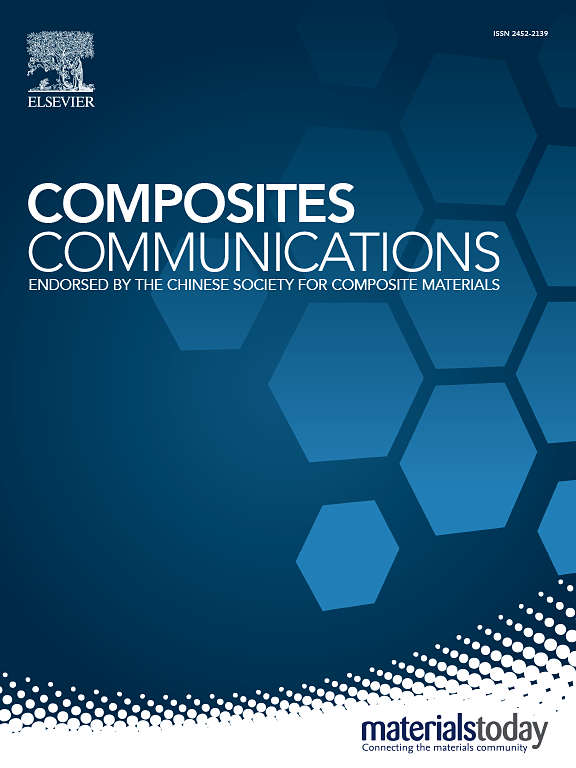In situ experimental study on damage evolution of the needled Carbon/Carbon composites under different loading types by high-resolution X-ray computed tomography
IF 6.5
2区 材料科学
Q1 MATERIALS SCIENCE, COMPOSITES
引用次数: 0
Abstract
The damage evolution of the needled Carbon/Carbon (C/C) composites has a complex dependence on the load types and microstructures. In order to reveal this mechanism, this paper analyzed the initiation, coalescence and propagation of cracks in the needled C/C composites under three loading types of compression, in-plane shear and interlaminar shear by in-situ X-ray computed tomography and gray threshold segmentation methods. The growth sequence of cracks under different loads is clarified. The results show that the original defects form a network of crack nucleation inside the material. The cracks evolve from the original holes and propagate to the adjacent area through assimilation. In addition, the damage evolution changes significantly with the loading type. Compression failure is a quasi-brittle failure caused by the breakage and defects expansion of the nonwoven cloth in the needled areas, and it exhibits macroscopic delamination and out-of-plane shear. Under the in-plane shear, the cracks nucleate in the needled holes and propagate longitudinally along the 90° (loading direction) fibers. The cracks evolve independently in different layers, and 0° fibers bridge cracks. The material exhibits characteristics of progressive damage and ductile failure. As for the shear load in the interlaminar direction, the transfer yarns in the thickness direction provide beneficial lateral constraints to resist interlaminar debonding.
求助全文
约1分钟内获得全文
求助全文
来源期刊

Composites Communications
Materials Science-Ceramics and Composites
CiteScore
12.10
自引率
10.00%
发文量
340
审稿时长
36 days
期刊介绍:
Composites Communications (Compos. Commun.) is a peer-reviewed journal publishing short communications and letters on the latest advances in composites science and technology. With a rapid review and publication process, its goal is to disseminate new knowledge promptly within the composites community. The journal welcomes manuscripts presenting creative concepts and new findings in design, state-of-the-art approaches in processing, synthesis, characterization, and mechanics modeling. In addition to traditional fiber-/particulate-reinforced engineering composites, it encourages submissions on composites with exceptional physical, mechanical, and fracture properties, as well as those with unique functions and significant application potential. This includes biomimetic and bio-inspired composites for biomedical applications, functional nano-composites for thermal management and energy applications, and composites designed for extreme service environments.
 求助内容:
求助内容: 应助结果提醒方式:
应助结果提醒方式:


